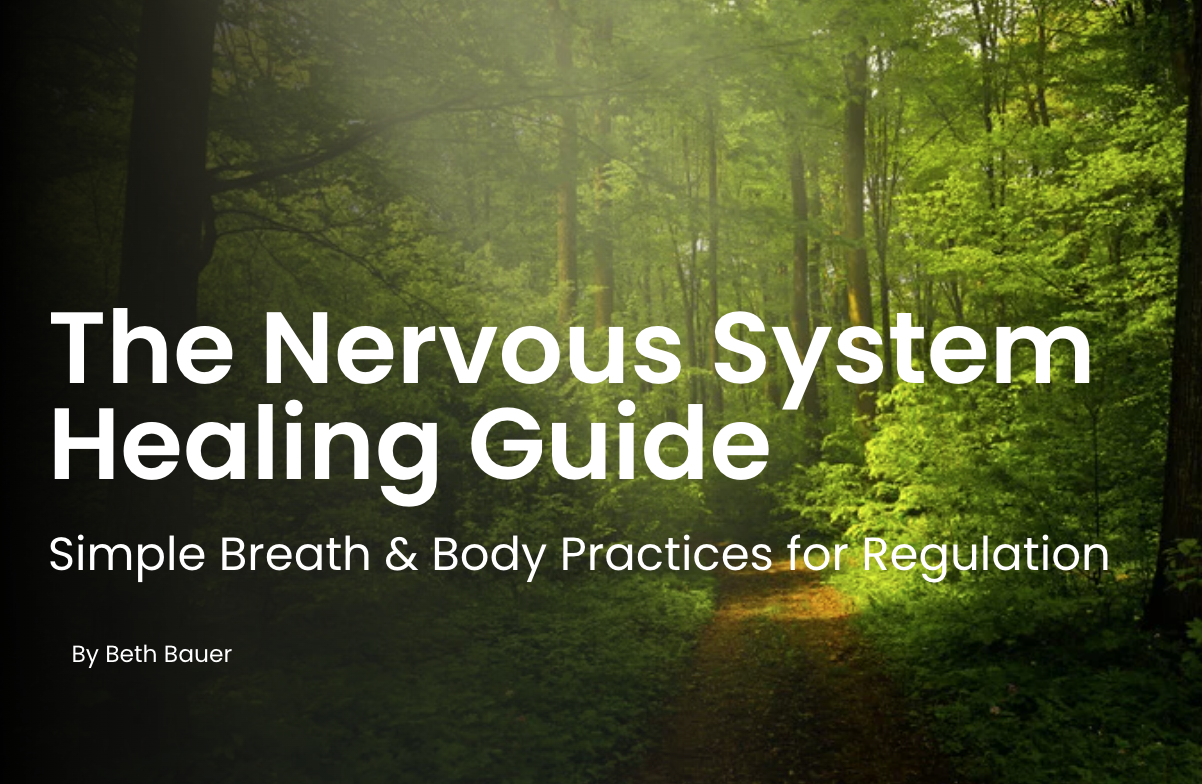Core Process Psychotherapy (CPP) is not about fixing, but about listening. It invites you to slow down, to meet your experience with breath and presence, and to discover that beneath pain and confusion there is something whole, wise, and intact. What Is Core Process Psychotherapy? Rooted in Buddhist psychology and contemplative practice, Core Process is a mindful, relational approach to psychotherapy. Instead of pushing for change, it invites you to notice what is already here, with compassion. From that ground, healing unfolds naturally. (To learn how CPP weaves with other practices I offer, visit My Approach). The Benefits of Core Process Core Process Psychotherapy offers: A safe, relational space to explore whatever arises — thoughts, emotions, sensations, or silence. A gentle pace that honours your nervous system rather than overriding it. A mindful path that helps old patterns soften so clarity, self-trust, and belonging can emerge. (To see what this







